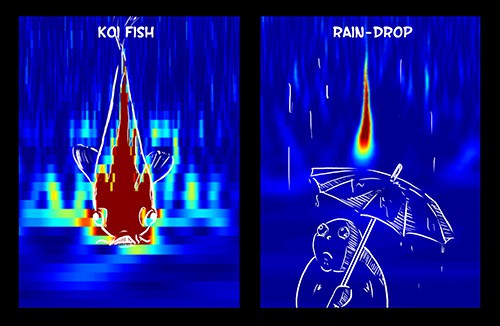
By Hamish Johnston
Have you ever wondered how the LIGO collaboration managed to tease out the tiny signal from gravitational wave GW150914 from all the background noise in its kilometre-sized detectors? Well you’re in luck because experts from the LIGO detector characterization group have written a lively piece on the CQG+ blog called “How do we know LIGO detected gravitational waves?”.
It’s packed full of fun facts; for example, did you know that detecting GW150914 is roughly the same as measuring a change in distance the thickness of a human hair between Earth and Alpha Centauri, the closest star to Earth? But be warned, the article is also full of technical terms such as “whistles”, “blips”, “koi fish” and even “Fringey the sea monster”. These are illustrated in the above graphic by LIGO physicist and artist Nutsinee Kijbunchoo.
Earlier this year Physics World’s Margaret Harris reviewed Joseph Conlon’s book Why String Theory? Conlon, who is an Oxford-based theoretical physicist, argues that string theory is a useful tool for understanding the universe. Now, fellow theorist Sabine Hossenfelder has a riposte on her blog entitled “Why not string theory?”.
“Conlon tells the history of the discipline from a string theorist’s perspective,” writes Hossenfelder, adding, “As a counterpoint, let me tell you how a cynical outsider might tell this story.”
Finally, the video below had me laughing out loud. It’s of the Canadian comedian Pat Kelly doing a hilarious send-up of a TED Talk. Perversely, the video is also a pretty good guide to how to give a presentation and come across to your audience as a “thought leader”.



